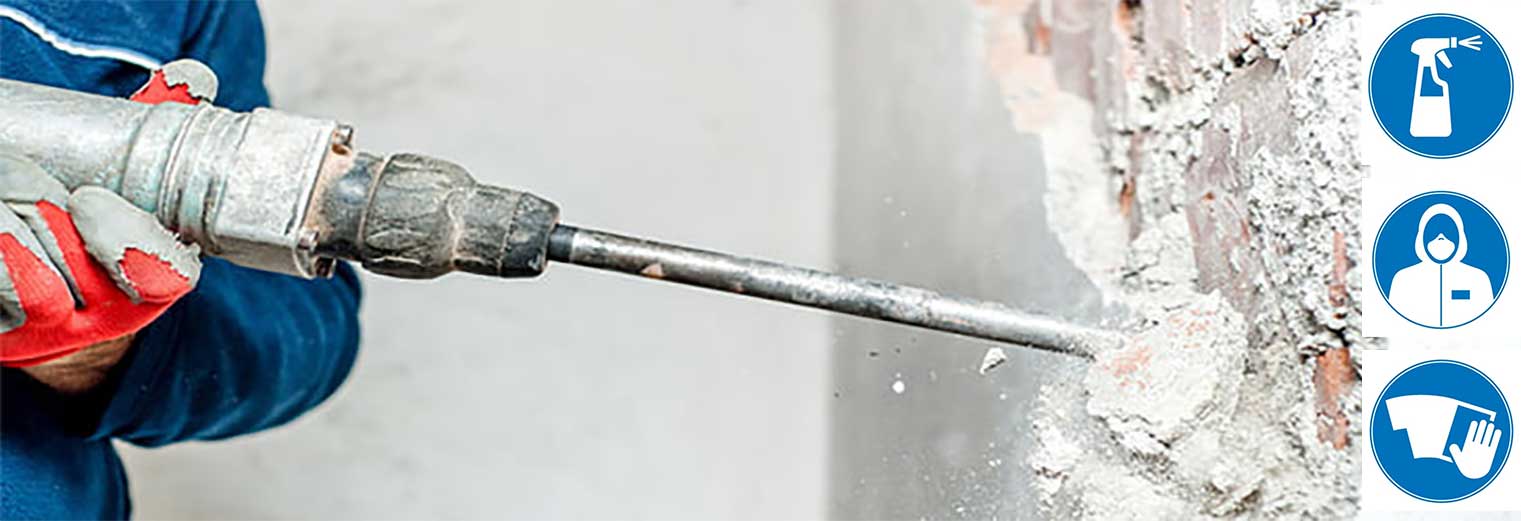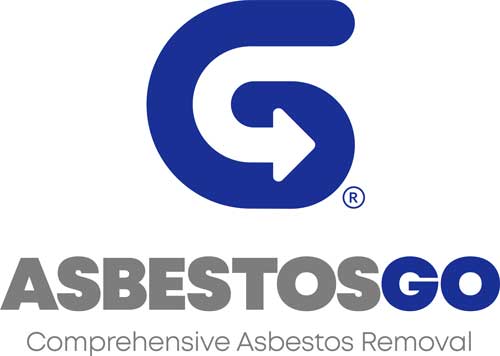Asbestos is difficult to identify. Often referred to by colour, this refers to its raw mineral state and you cannot generally tell the type of asbestos by simply looking at it.
For building use, asbestos is usually mixed with another material, for example, board, insulation or coatings, which often look similar to other materials. In addition, asbestos-containing materials are often covered or placed behind other building materials, so it’s hard to know if you’re working with it or not.
But, if you work in a building built before the year 2000, it’s likely that some parts of the building will contain asbestos.

Is this your responsibility?
Removing Asbestos
It’s important that you take precautions to protect yourself against asbestos on every job, even the small ones that don’t create much dust. Asbestos can be in places that you might not expect, so you could come into contact with it without knowing.
REMEMBER:
- Think about the asbestos risk on every job.
- All business premises and public buildings should have a plan showing any asbestos in the building, so ask to see it before you start.
- If possible, plan the job to avoid disturbing any asbestos.
- If it has to be disturbed, don’t start work until you have double-checked how to do it safely and that you have the right information and training.
How can I protect myself…
Three Key Principles

1. Keep dust down
Wetting materials with a low-pressure water spray before you start a job, and as you work, will reduce the amount of dust created. Avoid wetting electrics.
- Use a garden sprayer or a handheld water spray to keep materials damp.
- Wet the materials with a mixture of eight parts water to one part washing-up liquid.
- Keep materials damp but not too wet. Do not use a hose as this can be high-pressure.
- Use plastic sheets to cover your work area to help stop the spread of dust.
- Use hand tools not power tools as they create a lot of dust.

2. Wear the right kit
Wearing the right type of mask and overall is important because the wrong ones will not protect you from asbestos.
- Wear a disposable, correctly fitted FFP3 face mask.
- Use Type 5 disposable overalls to stop the tiny asbestos fibres getting on your clothes.
- Don’t reuse overalls and masks – dispose of them safely as hazardous waste, don’t take them home.
- Make sure you put the legs of the overalls over the top of your footwear – don’t tuck.
- Don’t eat, drink or smoke in the workplace.

3. Clean up properly
It’s really important to clean up properly so that you safely remove and dispose of the asbestos waste.
- Clean up as you go to stop waste building up.
- Use a damp cloth to wipe down tools and surfaces to remove asbestos fibres.
- Don’t sweep up or use a domestic vacuum cleaner. Only a class H vacuum is suitable as this has a special type of filter.
- Make sure all waste including masks, overalls, cloths and plastic sheets are double bagged in plastic sacks, sealed with tape and labelled as asbestos waste.
- Dispose of properly as hazardous waste at a licensed disposal site.
Quick Summary
Important points
- Asbestos is very dangerous, especially to young people.
- Asbestos can be found in almost any pre-2000 building.
- If in doubt, stop work and check.
- You can only do minor jobs, and only if you’ve been trained. It is a legal requirement!
- You have a legal right to training if you think you need it.
- Don’t put yourself at risk – asbestos is a hidden killer.


